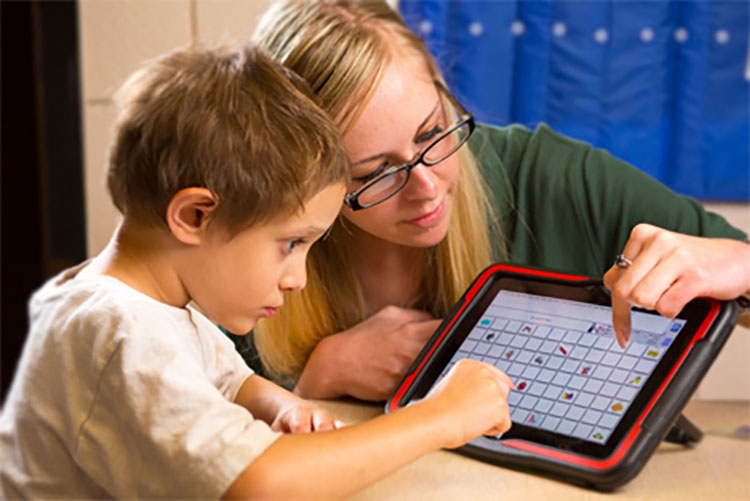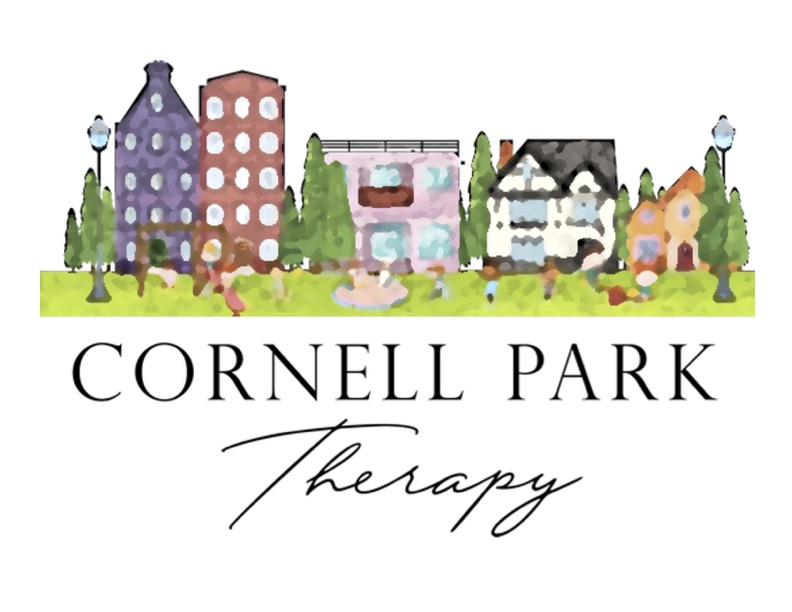
6 More Ways to Help Teach Social Skills to Kids with Autism
If you read our previous post on 6 Ways to Help Teach Social Skills to Kids with Autism and found it useful, you may want to keep reading. Here are 6 More Ways to Help Teach Social Skills to Kids with Autism.
- Joint Attention Skills: Teaching joint attention skills, such as sharing attention and focus with others, can improve social interactions and enhance the child’s ability to engage in reciprocal play. Please do not force eye contact. Some children have trouble with eye contact, and asking them to look into a person’s eyes is not the best approach. As long as they acknowledge the person by looking their way or looking at some other part of the face, that’s great!
- Emotional Regulation: Helping children with autism understand and regulate their emotions is essential for social success. Techniques like emotional labeling and mindfulness can be beneficial.
- Social Narratives: Social narratives or stories that explain social situations and appropriate behaviors can be used to prepare children for social interactions and reduce anxiety.
- Social Playgroups and Inclusion: Encouraging children with autism to participate in social playgroups and inclusive settings can provide opportunities for social practice and interaction with peers.
- Parent and Caregiver Training: Teaching parents and caregivers strategies to support social development at home can reinforce the skills learned in therapy or school settings.
- Individualize Your Approach: Recognize that every child with autism is unique, and interventions should be tailored to their specific strengths and challenges. Assess their individual needs and preferences to develop effective strategies.
Once again, it’s important to note that interventions should be evidence-based and conducted by trained professionals who specialize in autism spectrum disorders. Additionally, consistent and ongoing support is often necessary to help children with autism generalize their social skills across various settings and contexts.
Please enquire about our Early Learner Play Groups: We teach parents how to teach communication, play and social skills to young children with Autism.
Learn More
6 Ways to Help Teach Social Skills to Kids with Autism
Teaching social skills to young children with autism is crucial for their social and emotional development. Research findings suggest several effective strategies and principles for helping children with autism improve their social skills:
- Early Intervention: Early intervention is key to improving social skills in children with autism. Starting interventions as early as possible increases the likelihood of positive outcomes.
- Begin wtih Structured and Predictable Environments: Providing a structured and predictable environment helps children with autism feel more comfortable and secure, which can facilitate social interactions.
- Visual Supports: Visual supports, such as visual schedules, social stories, and visual cues, can help children with autism better understand social situations and expectations.
- Social Skills Training: Targeted social skills training programs can teach specific social skills through explicit instruction and practice. These programs often use techniques like role-playing, modeling, and video modeling.
- Peer-Mediated Interventions: Involving typically developing peers in social activities can help children with autism learn social skills in a naturalistic setting. These peer interactions can promote socialization and inclusion.
- Communication Training: Many children with autism struggle with communication, which can hinder social interactions. Speech and language therapy can help improve communication skills, facilitating social engagement.
It’s important to note that interventions should be evidence-based and conducted by trained professionals who specialize in autism spectrum disorders. Additionally, consistent and ongoing support is often necessary to help children with autism generalize their social skills across various settings and contexts.
Please enquire about our Early Learner Play Groups: We teach parents how to teach communication, play and social skills to young children with Autism.
Learn More
Parent Training in ABA: An Important Treatment Component
We offer Parent Training at no extra cost because Parent Training is a very important part of quality ABA (Applied Behavior Analysis) Services (Albone-Bushnell, 2014).
Parent Training has many benefits for parents, children, and their families. Parent Training offers parents the opportunity to receive guidance and support from a specialist so they can help teach their children important life-long skills such as:
Language and Communication skills
Self-care skills
Play skills
Social skills
Self-regulation skills
Academic skills
Executive skills
When a parent learns how to help their children, children grow up with an person that will understand them best, and be better equipped to help them.
Parent Training helps parents learn effective ways to Improve and Support:
Their child’s treatment outcomes
Their child’s ability to learn new skills
Their child’s success at school
Their child’s ability to become more independent
Their child’s and family’s quality of life
Their child’s growth and development
Their own ability to teach important skills such as Language and Communication
Their own relationship with their child
Parents also report feeling more confident in their parenting and report that having a professional they can consult with when they are not sure about what to do, helps them become more effective parents.
Research also shows that ABA Parent Training can lead to parents feeling less stress in their daily life and improvements in their overall family well-being (Koegel, Bimbela, & Schreibman, 1996).
Other research (Matson, Mahan, & Matson, 2009) has shown that Parent Training can help children who have the following conditions:
ASD (autism spectrum disorder)
ADHD (Attention Deficit Hyperactivity Disorder)
Other behavioural or communication difficulties
Parent Participation is Essential
Children with ASD require intensive and systematic intervention to help them achieve their potential. Parents are the core of this intensive training because they are with their child the most and have the most influence on their children. For these reasons, parent involvement and training are an essential part of ABA therapy. When parents are active participants in their child’s treatment, the child is more likely to be successful.
We offer Parent training at no extra cost. Parent training is customized to meet the needs of your child and family. We work to help you achieve your goals – such as communication, self-help skills (like getting dressed and potty training), and social skills.
Further reading:
Albone-Bushnell, R. (2014). A list of core skills and knowledge necessary for parents of children birth to five years old with autism, as prioritized by practitioners with a behavioral perspective (Order No. 3689092). Available from Education Collection. (1678945631). Retrieved from https://search.proquest.com/docview/1678945631?accountid=166077
Crockett, J. L., & Fleming, R. K.(2007). Parent training: Acquisition and generalization. Research in Developmental Disabilities, 28, 23-36.
Gresham, F. M., Beebe-Frankenberger, M. E., & MacMillan, D. L. (1999). A selective review of treatments for children with autism: Description and methodological considerations. School Psychology review, 559-575.
Learn More
What is AAC and Why is it Important to the Nonspeaking Child.
We all want our children to be able to talk and tell us what they want, how they feel and be able to have a conversation with us and their brothers and sisters. This is a normal wish all parents have for their children.
When an SLP, however, offers the family of a nonspeaking child the use of an AAC (Augmentative and Alternative Communication device) such as an iPad with a special picture-based communication software, parents are often reluctant to have their children use these devices, believing that if they give their child an AAC device, their child will never develop Speech.
Research shows this is not correct. In fact, research shows that an AAC can actually help a child develop Speech, when they also receive Speech Therapy.
How does this happen? How can an AAC device help a nonspeaking child develop speech?
Speech is in part, the product of the functioning of the brain. When the brain is not used to communicate, the areas of the brain that normally produce speech, become smaller and smaller as time goes by. Giving a nonspeaking child an AAC device so they can learn new words, learn how to string those words into sentences, learn the steps to gain a person’s attention to communicate their needs, wants, their comments and thoughts – all this, develops their brain in ways that protect the language and communication parts of the brain from getting smaller and weaker.
When a child has the ability to communicate, either through an AAC device, Sign Language, or verbally, they are protecting and developing the Language and Communication parts of the brain. For many children having these brain areas in good health, helps them develop vocal speech. Without these tools that give nonspeaking children a voice to express themselves to the world, we would not be able to give these kids a fighting chance to developing vocal speech.
So, the next time you think about AAC, remember: Augmentative and Alternative Communication is a good thing.
Learn More